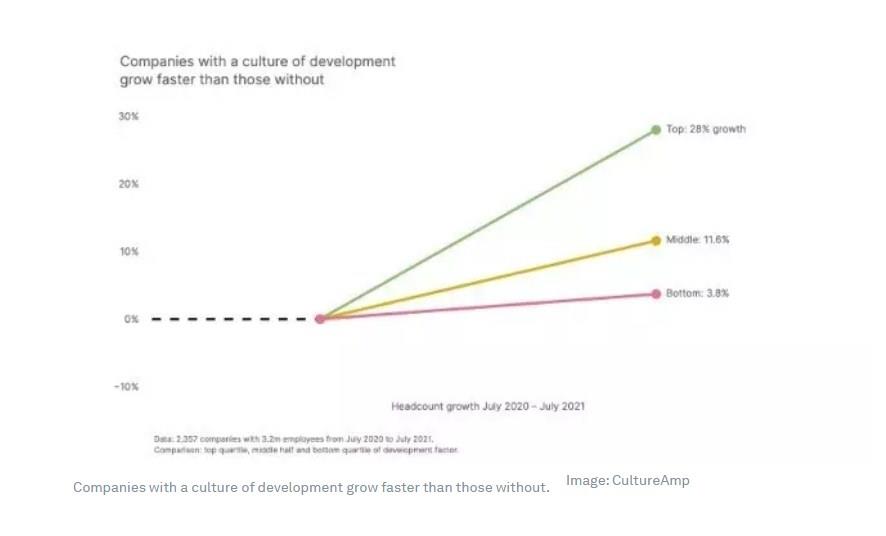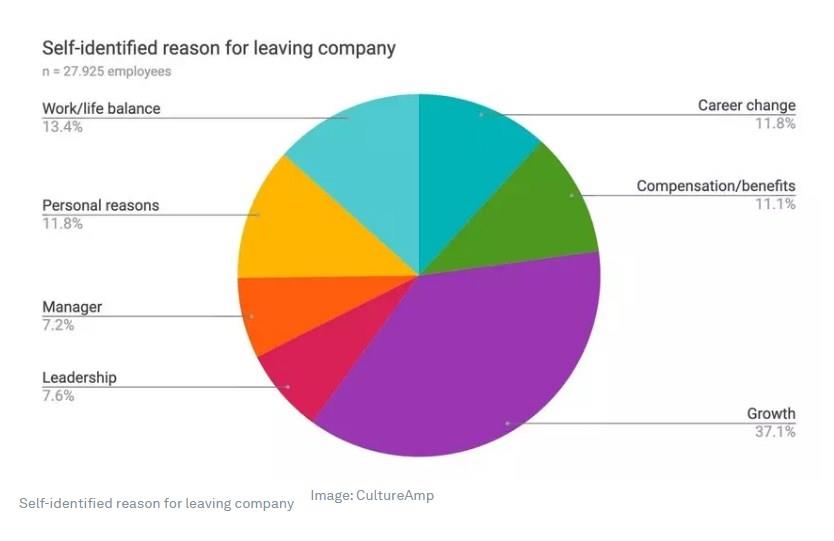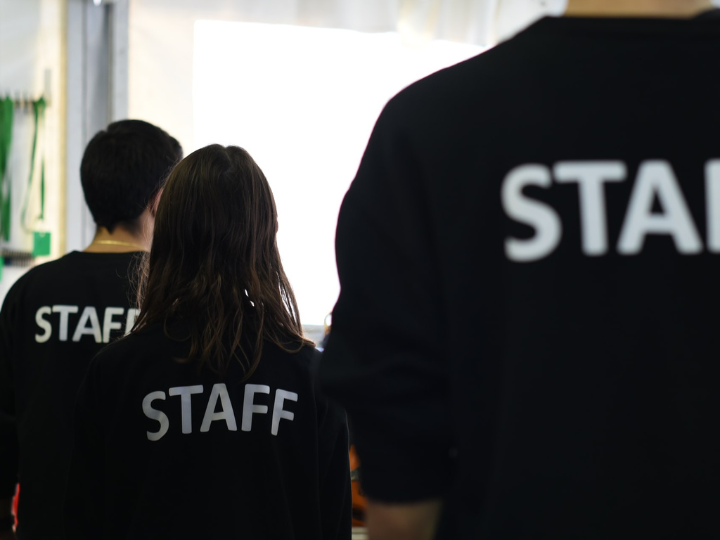by Michael Callans*
If the pandemic has delivered any silver linings, surely one of these is the opportunity for people to bring their whole selves to work.
As kitchen tables and living rooms became workspaces and our fully messy, complicated human experiences outside of work became visible to colleagues via video calls and online meetings, the boundaries between work and home blurred. We saw each other as humans, with lives outside the office, often for the first time. It allowed managers and their teams to relate to each other as people outside of the normal work context.
But it’s not always been easy. Managers have gone from managing budgets and performance to acting as unofficial life coaches and mental health counsellors, while employees expect more freedom and flexibility. The challenge now is for organizations to embrace this whole-self approach to work while getting buy-in from leadership, empowering people managers and including employees in conversations around their own professional and personal development to elevate the importance of having opportunities for growth and development.
Culture Amp’s survey of more than 9.5 million employees across 5,600 organizations found that focusing on development opportunities and career growth has a major impact on employee retention, engagement and overall business performance.
Culture Amp data has revealed that a lack of career growth and development was the top reason selected at the time of exit. Employees who don’t feel they have access to learning and development are twice as likely to leave within 12 months.
This knowledge presents an incredible opportunity for HR leaders and people managers to embed development into the employee experience.
So, let’s explore how to design development programmes for humans rather than employees.
1. The development sweet spot
Ideally, your development strategy needs to focus on three core areas:
- Business needs.
- Current skills and strengths.
- Individual aspirations, passions and motivations.
The sweet spot is where these factors overlap. Understanding all three will inform meaningful conversations and opportunities for humans in your workforce and the organization.
And people want to feel that they have a pathway to progression ahead of them, as pointed out by Kenneth Matos, Director, People Science at Culture Amp: "If you want to keep people in a role longer, give them something to look forward to in their career as a result of being in that role."
2. Reframe learning
Reframe development and learning because it isn’t just about participating in a workshop or course. Instead, think about the three E’s: education, exposure and experience. These can help you take a holistic approach to learning and education at work and show your people that opportunities for development are present every day.
Education: Through online learning, courses, books and podcasts.
Exposure: Job shadowing, cross-functional collaboration, networking and professional associations.
Experience: Stretch projects or tasks which help people to learn.

3. Personalize development
People want to be valued, heard and considered as individuals. They want their managers to take an active interest in their career aspirations and work for organizations that value personal and professional development.
Traditionally, workplace leaders have measured their success on outcomes and performance reports. But numbers on a graph will never truly reflect the process and experience of achieving those outcomes and the humans who have made them happen.
By taking a personalized approach to learning and development and focusing on human skills rather than hard skills, we can empower our people and build better workplaces. Culture Amp’s research shows that employees are 46% more engaged when they can develop skills relevant to their interests.
Development must also be a continuous part of the workplace picture, not just a one-off tick box exercise. Ideally, build it into your regular planning and reviews and share this as a priority with your teams.
4. Collaboration and conversation
It may sound simple but actively listening to your people and engaging them in open and honest conversations can be a significant factor in helping them feel heard and valued.
In companies where managers showed an interest in the career aspirations of their direct reports, employees were 15% more likely to recommend the company and 21% more motivated.
Allowing time for self-reflection as part of development is also important – it helps to give people clarity on where they would like to go and receive actionable feedback on their strengths and weaknesses.
Fresia Jackson, Lead Researcher, People Science at Culture Amp, suggests these questions are helpful for self-reflection:
What parts of your role make you feel energized? What parts drain you? When do you feel you’re doing your best work? What skills would help you accomplish your goals?

5. Development in your DNA
Embedding a development mindset into your organization’s DNA is essential if you want to go from seeing development as a "nice to have" to creating an engaging and successful programme.
Empower yourself with data and evidence as you seek buy-in from company leaders. A development focus means you’re harnessing your current employees’ knowledge and bolstering it with the skills your business needs.
When development isn’t part of a strategic company direction, it also won’t be aligned with its long-term goals. Building a development mindset into your organization will mean you’re well-positioned to benefit from a human-focused approach to learning and development.
Companies that focus on development do better on many business outcomes, such as headcount growth, funding and stock price. It’s the clear ripple effect of having a loyal and engaged workforce, where human relationships are encouraged and development opportunities are valued.
*VP of People Science, Culture Amp
**first published in: www.weforum.org




 By: N. Peter Kramer
By: N. Peter Kramer

